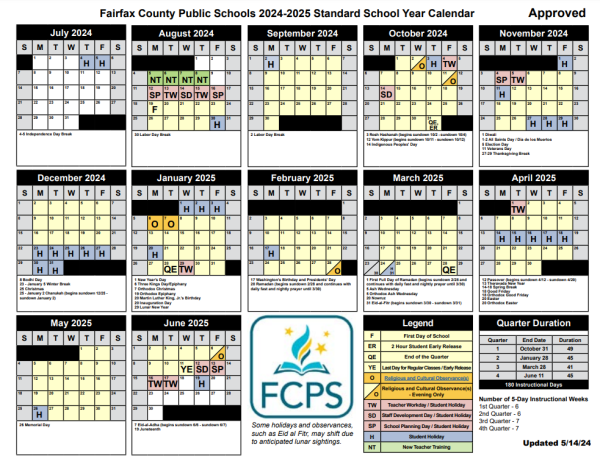CALIFORNIA WILDFIRES SHED LIGHT ON CLIMATE CRISIS
The Mad Scientist:
The Mad Scientist explores an issue in the crucial realm of science, doing its part to reverse a troubling trend: Despite holding the key to curing pandemics and squashing existential threats, science has been taking a beating.
Unsurprisingly, California experiences raging wildfires each year; the West Coast receives most of its rainfall during the fall and winter and spends the warmer seasons of the year drying out. Oregon and Washington both see their fair share of wildfires, but California is often the most devastated by these blazing fires, giving a whole new definition to the nickname The Golden State.
The dense and dry vegetation that makes up California’s terrain creates the ideal environment for wildfires to burn across the landscape, spreading from one piece of kindling to the next. With Earth’s temperature steadily rising due to climate change, the frequency and intensity of these fires continue to grow.
This past summer’s wildfires have been particularly devastating. According to the National Interagency Fire Center, more than four million acres have been burned, setting a record that more than doubles the previous record from 2018. Despite the incredible damage already observed, California’s fire season typically lasts through October. After months of burning, the focus has shifted towards what could be done to prevent more catastrophes emerging from the microscopic sparks of a few lightning strikes.
Since the urbanization of California, firefighters have been essential in the effort to protect the lives and properties of California’s citizens. However, the continuous dousing of fires has left densely packed forests of dried and brittle wood; the perfect recipe for ravenous wildfires. In response, the state has teamed up with the United States Forest Service to figure out a new way to manage the forests.
The plan’s outline is to clear out one million acres of land each year until 2025, through methods like increased logging, which removes trees; brush clearing, the removal of other vegetation; and controlled fires, which are planned fires that are easy to put out and pose no risk to the public. However, the plan is more complicated than simply thinning out acres of forests. The state is encouraging its citizens to create defensible zones, areas of treated vegetation designed to hinder the spread of fire, around their properties. The state then plans to thin out forest areas between urban communities and forests to decrease the risk wildfires pose to residents. Finally, California will continue to thin out and use controlled burns to bring the density and population of trees back to pre-Gold Rush era levels.
This plan might work in response to California’s wildfires, but it does nothing to address the main culprit: climate change.
Over the past decade, the rising temperatures caused by climate change has become an ever-increasing concern as we rapidly approach the point of no return. As years continue to pass with no sign of improvement, the American people grow more concerned about the future of their planet. Back in September, artists Andrew Boyd and Gan Golan revealed their Climate Clock in New York City. The clock serves as a tool to help raise awareness and serves as a countdown to an irreversible cataclysmic climate event. The clock was on display until September 27.
The United States government has done little in the fight against climate change since the beginning of the Trump administration in 2016. Since taking office, President Donald Trump has replaced President Barack Obama’s Clean Power Plan (CPP) with the Affordable Clean Energy rule (ACE), citing the CPP’s incredibly high energy prices as the main factor in the decision to roll it back. However, the ACE rule is significantly weaker than the CPP. Originally, the CPP planned to bring down emissions from US power sectors by 32 percent below 2003 by 2030. The ACE Rule would only bring it down by, at most, 1.5 percent.
Replacing the CPP is not the only misstep made by the Trump administration. Back in June of 2017, Trump announced that the United States would be withdrawing from the Paris Climate Accord. It was not until November of 2019 that the US finally began the process of pulling out of the agreement, which is a pact between the 197 nations of the world to reduce emissions to limit the rising of temperatures to two degrees celsius.
As the November election draws ever closer, the issue of climate change has been debated. The GOP has not offered an updated 2020 platform, instead offering their support for Trump’s agenda and reusing their 2016 platform, which lists climate change as a less pressing issue. In addition to the more lax approach to climate change, Trump also opposes the Green New Deal (GND). Former Vice President, Joe Biden, asserts he does not support the GND as well. Instead, he has offered up his own Biden plan, which overlaps with many proposals found in the GND. However, the Biden plan does lack the social welfare proposals included in the GND, as Trump’s does, and extends the deadline for the development of a clean energy sector to 2035, instead of the GND’s by 2030.
t The effects of climate change have already been felt by millions of people worldwide. The frequency of hurricanes has increased so much, the Greek alphabet was used for naming for the first time since 2005. In September, part of the Greenland ice sheet, the largest body of ice after the Antarctic ice sheet, was shattered and will contribute to rapidly rising sea levels.
The longer this climate crisis persists without a strong plan to address it, the more disastrous the consequences will become until the Earth is simply damaged beyond repair.









Mrs. LeGros • Nov 5, 2020 at 10:48 am
Very well written! Thanks for bringing attention to this important environmental problem!